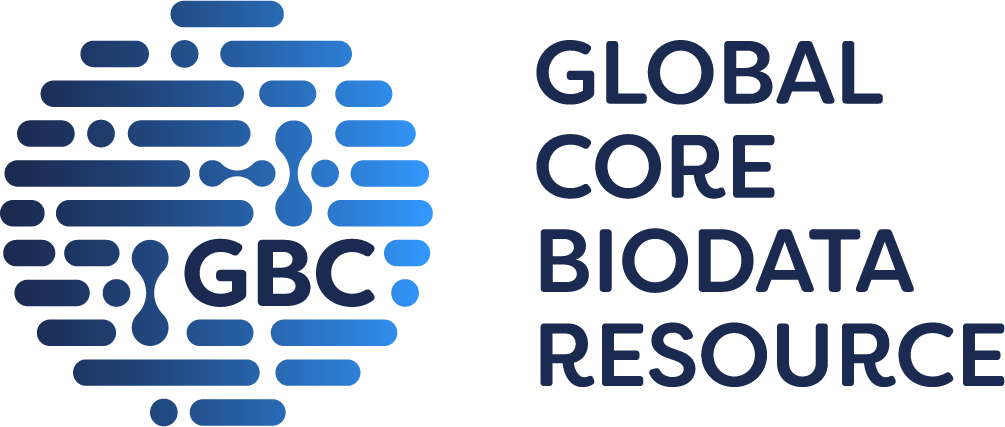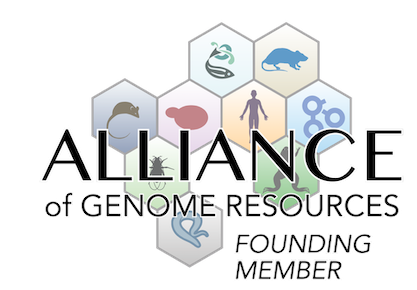vision/eye
|
• basal bodies in photoreceptors dock to the cell cortex correctly but malformed transition zone remnants are detectable rarely and of reduced diameter
|
|
• disks are undetectable at P10
|
|
• in P6 cones, cone pigment trafficking is retained in cone axons and misdirected to cone synaptic pedicles
|
|
• rhodopsin accumulates in inner segments, the cell body, including the endoplasmic reticulum and in the outer plexiform layer instead of being trafficked to the outer segments at P10 and P15, peripherin-2, a disk structural component, and CNG channel subunits accumulate in perinuclear regions and exons instead of being present in the photoreceptor cell membrane, and other components of the rod phototransduction cascade fail to traffic
• rod outer segment proteins are unable to traffic as early as P6
|
|
• outer segment formation is inhibited in rods at P10
|
|
• photoreceptors rapidly degenerate, with degeneration far advanced at P14, and at 2 months, only a single layer of cone nuclei remains
|
|
• cones degenerate rapidly, with accumulation of cone pigments in the endoplasmic reticulum and synaptic pedicles
|
|
• rod degeneration is complete at P30
|
|
• widespread degeneration of the central and peripheral retina is seen at P28
|
|
• cones are nonfunctional as indicated by a flat photopic ERG at P14, although cone nuclei are still present at P30
|
|
• scotopic and photopic ERG responses at P14 and P18 show absence of a-waves at any light intensity
|
|
• scotopic and photopic ERG responses at P14 and P18 show absence of b-waves at any light intensity
|
|
• absence of scotopic and photopic responses at P14 and P18 indicates early blindness
|
nervous system
|
• basal bodies in photoreceptors dock to the cell cortex correctly but malformed transition zone remnants are detectable rarely and of reduced diameter
|
|
• disks are undetectable at P10
|
|
• in P6 cones, cone pigment trafficking is retained in cone axons and misdirected to cone synaptic pedicles
|
|
• rhodopsin accumulates in inner segments, the cell body, including the endoplasmic reticulum and in the outer plexiform layer instead of being trafficked to the outer segments at P10 and P15, peripherin-2, a disk structural component, and CNG channel subunits accumulate in perinuclear regions and exons instead of being present in the photoreceptor cell membrane, and other components of the rod phototransduction cascade fail to traffic
• rod outer segment proteins are unable to traffic as early as P6
|
|
• outer segment formation is inhibited in rods at P10
|
|
• photoreceptors rapidly degenerate, with degeneration far advanced at P14, and at 2 months, only a single layer of cone nuclei remains
|
|
• cones degenerate rapidly, with accumulation of cone pigments in the endoplasmic reticulum and synaptic pedicles
|
|
• rod degeneration is complete at P30
|
renal/urinary system
| N |
• kidneys show no significant pathology at 9 or 12 months of age; kidneys are well-formed and cysts, interstitial fibrosis, tubular trophy, and basement membrane changes are not seen, formation of kidney epithelial cilia is normal at 1 and 12 months of age
|
Mouse Models of Human Disease |
DO ID | OMIM ID(s) | Ref(s) | |
| Leber congenital amaurosis | DOID:14791 |
OMIM:PS204000 |
J:239714 | |



 Analysis Tools
Analysis Tools